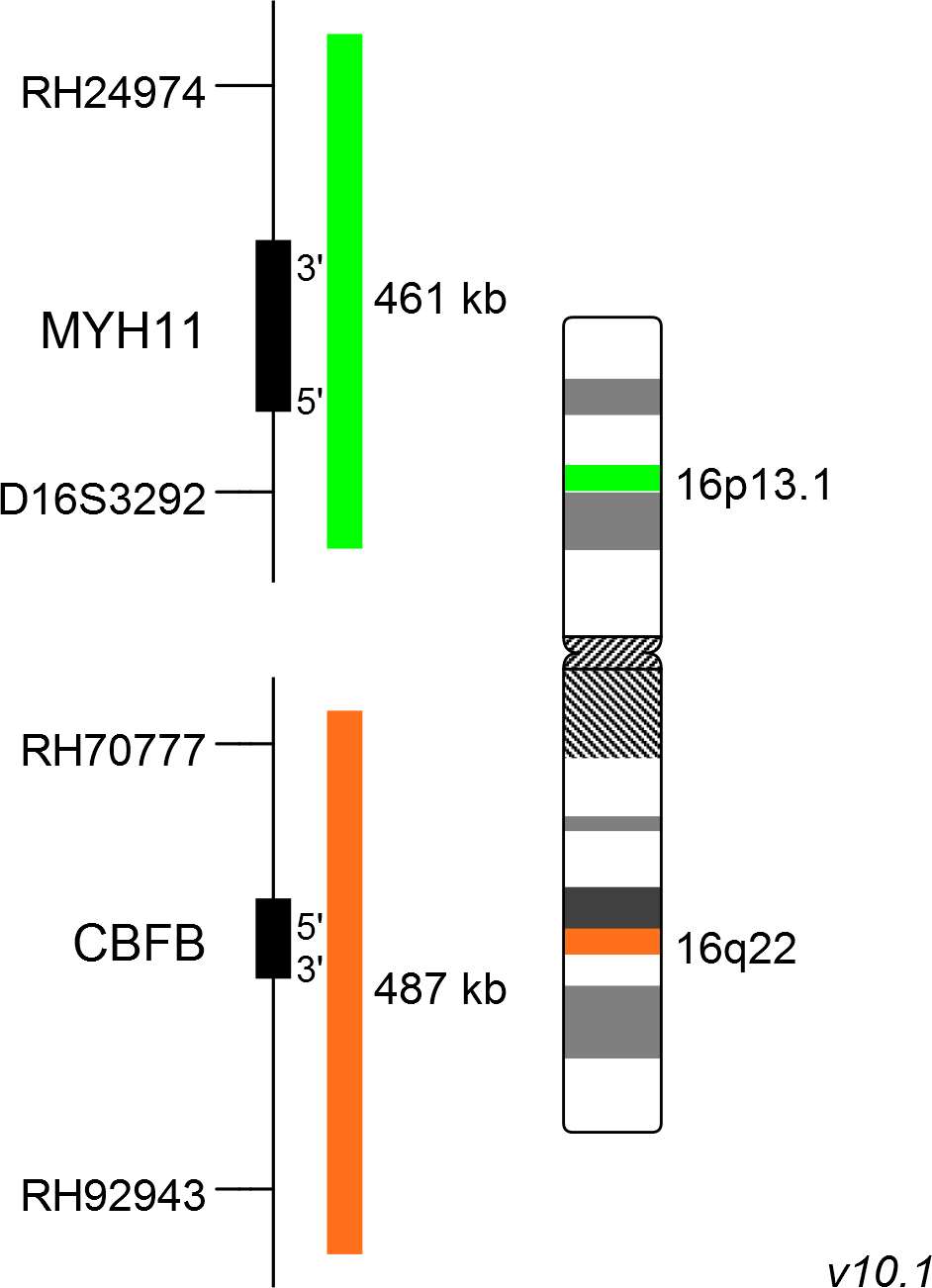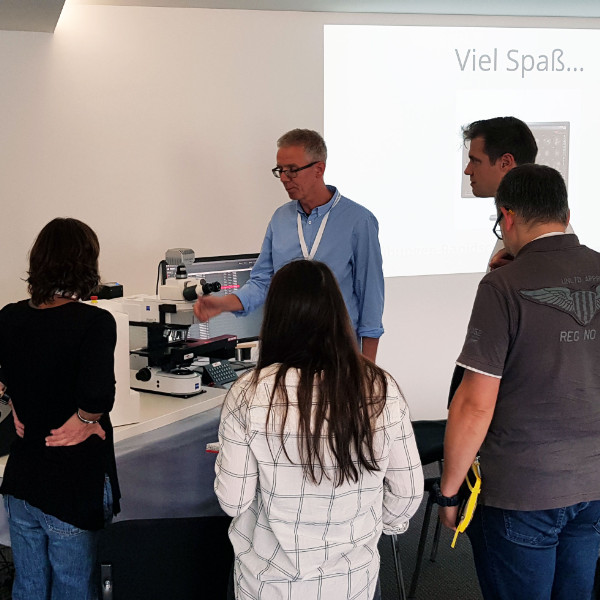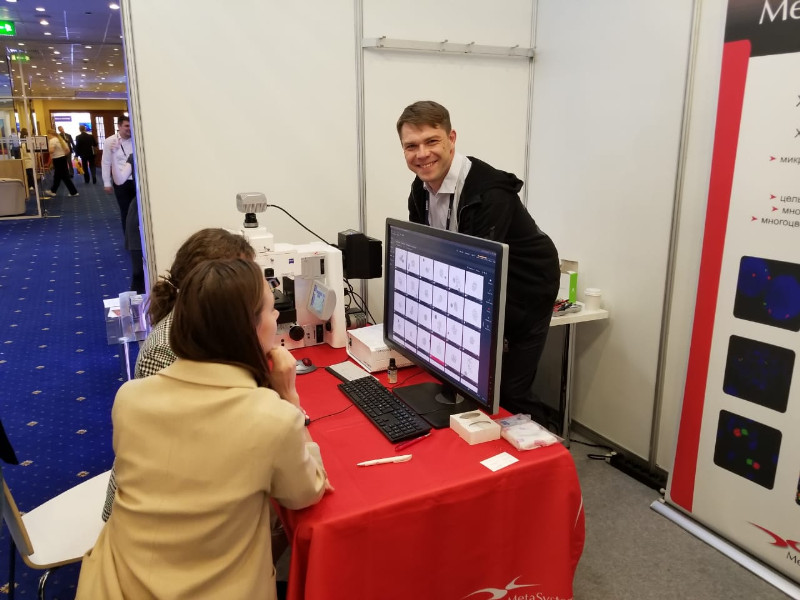About 100 guests from 36 countries met on the XVIII. MetaSystems Distributor Meeting (DM) in November to exchange experiences and to get to know new trends and developments at MetaSystems.

Our internet site may contain information that is not approved in all countries or regions. To ensure accuracy of content, please select your country/region of residence. Choose International if your country is not listed.
This information will be saved using cookies. To find out more about cookies, read our Privacy Policy.
Please select your country of residence. Choose International if your country is not listed.
Our internet site may contain information that is not approved in all countries or regions. To ensure accuracy of content, it is required that you select the site which is appropriate for your country of residence.
Based on your previous selection, you have been forwarded to the website for International.
MetaSystems Probes has already certified a large part of its portfolio, according to IVDR. For organizational reasons, we currently provide only the IVDD product.
Discover all IVDR-certified products
XL CBFB/MYH11 plus consists of a green-labeled probe hybridizing to the MYH11 gene region at 16p13.1 and an orange-labeled probe hybridizing to the CBFB gene region at 16q22.
Probe maps are created in accordance with the intended purpose of the product. Solid colored bars do not necessarily indicate that the probe fully covers the indicated genomic region. Therefore, caution is advised when interpreting results generated through off-label use. Probe map details based on UCSC Genome Browser GRCh37/hg19. Map components not to scale. Further information is available on request.
Acute myeloid leukemia (AML) with inv(16)(p13.1;q22) and t(16;16)(p13.1;q22) is listed in the World Health Organization (WHO) classification of tumors of the haematopoietic and lymphoid tissues. These recurrent rearrangements are present in about 10% of young AML patients. In cases with inv(16)/t(16;16), the core binding factor b (CBFB) gene on 16q22 is fused with the smooth muscle myosin heavy chain gene (MYH11) on 16p13.1. Patients carrying inv(16)/t(16;16) usually have a good prognosis. Cryptic insertions with no indication in cytogenetic analyses have been published. In these cases, a partial insertion of MYH11 into CBFB or a partial insertion of CBFB into the MYH11 gene was observed.
FISH probes with a break apart design might overlook this cryptic rearrangement because no separation of flanking regions of CBFB occurs, whereas translocation/dual fusion FISH probes are indicating this kind of cryptic rearrangement. FISH is a complementary method for the detection of inv(16)/t(16;16) increasing the sensitivity in combination with conventional cytogenetics. Furthermore, FISH is a valuable tool for cases without assessable metaphases.

Normal Cell:
Two green (2G) and two orange (2O) signals.

Aberrant Cell (typical results):
One green (1G), one orange (1O), and two green-orange colocalization/fusion signals (2GO) resulting from a reciprocal translocation between the respective loci.
Certificate of Analysis (CoA)
or go to CoA DatabaseNeon, the outstanding MetaSystems case and image management system, offers many tools and helpful gadgets to streamline routine workflows, for example in cytogenetics labs. The second MetaSystems User Day, addressed to MetaSystems clients from Germany, Austria, and Switzerland, provided in different workshops knowledge helping to unleash the full power of the system.

The Congress 'Genetics of XXI Century' in Moscow, Russia (May 2019) has been one of the most important events for the professional international community of geneticists. Our partner company in Russia OOO MetaSystems considered it a good occasion to present the new camera CoolCube 4 connected to a state-of-the-art Neon system to the public.
